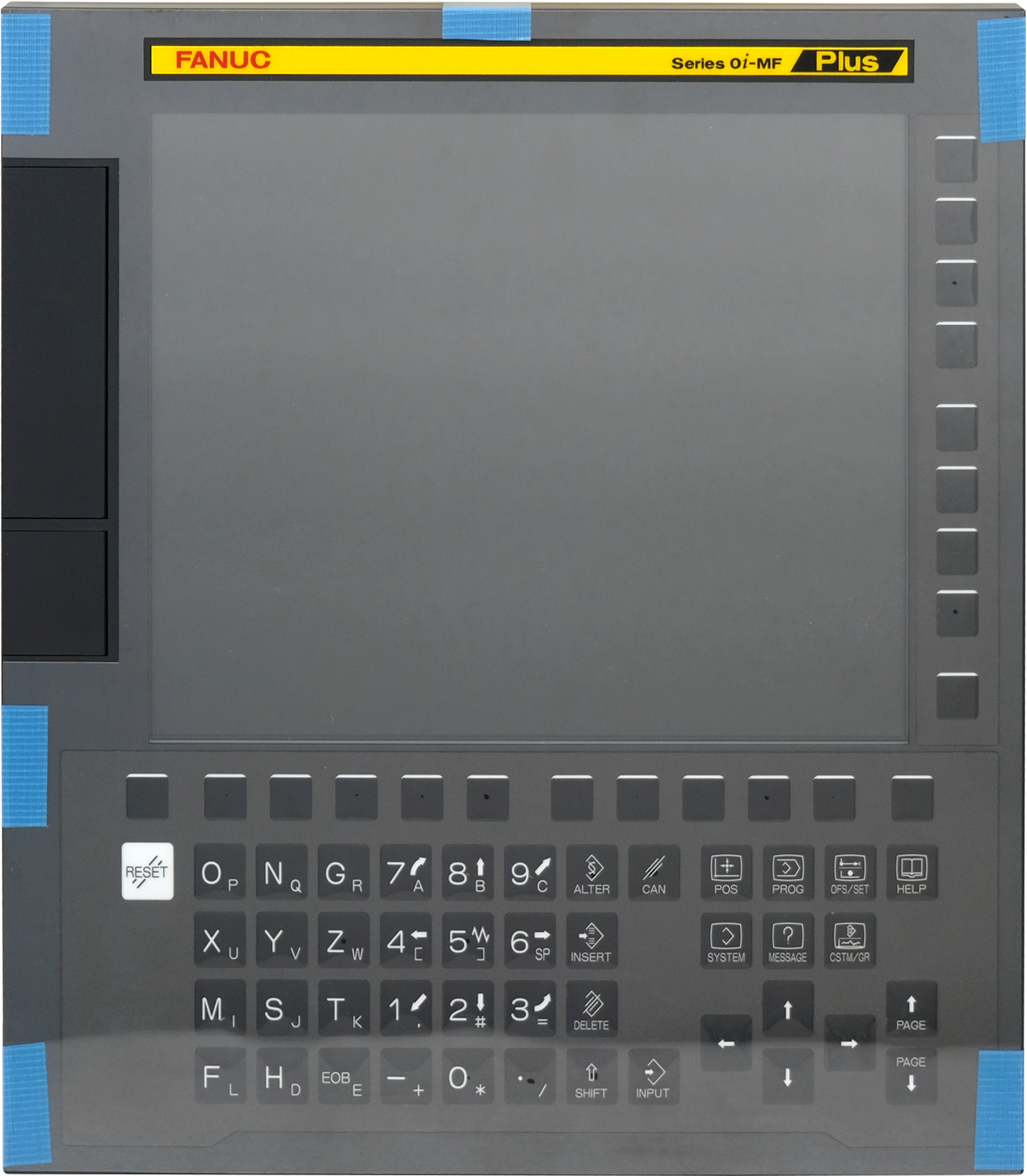plc input and output modules
PLC input and output modules serve as crucial components in modern industrial automation systems, acting as the interface between the programmable logic controller and various field devices. These modules efficiently handle both digital and analog signals, enabling seamless communication between sensors, actuators, and the control system. Input modules collect data from field devices such as switches, sensors, and transducers, converting physical signals into digital information that the PLC can process. Output modules, conversely, translate the PLC's control signals into actions, driving various field devices like motors, valves, and indicators. The modules feature robust design with built-in protection against electrical noise, voltage spikes, and environmental factors, ensuring reliable operation in harsh industrial environments. Advanced diagnostic capabilities allow for quick troubleshooting and maintenance, while hot-swapping functionality enables module replacement without system shutdown. Modern PLC I/O modules support various communication protocols, including Ethernet/IP, Profibus, and Modbus, facilitating seamless integration with existing automation networks.
